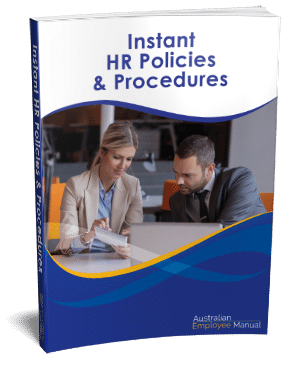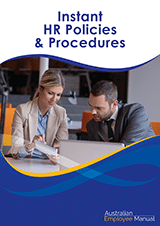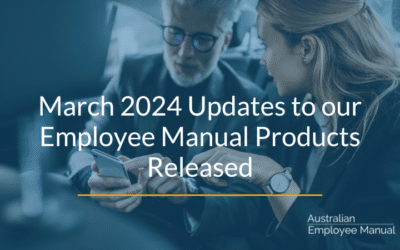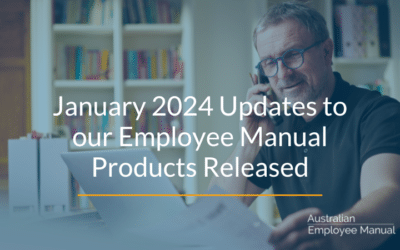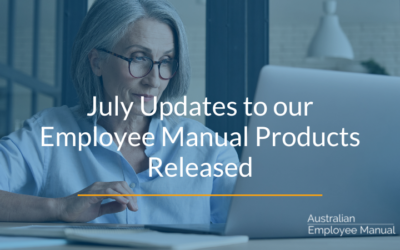Domestic and family violence does not happen just behind closed doors in homes. It can follow the person to work and affect not only the individual but the team members around them. This is especially true when a person leaves a violent home situation, as the workplace is a known location where the abuser can find the individual.
Domestic violence doesn’t discriminate. It can affect any socio-economic class, and touch team members at every level of the organisation.
According to the ABS, 17% of all women and 5.3% have experienced violence by a partner since the age of 15. In the previous 12 months, 132,500 women and 51,800 men had experienced violence by a partner. Almost two thirds of all women who experience domestic violence are involved in the workforce. (1)
In NSW alone, 23 women were killed by their partners in 2014 and it is estimated one woman dies each week across Australia at the hands of a partner. (2) Victorian police recorded more than 68,000 family violence incidents in 2014 – up 70.2% since 2010. (3)
If we as a society want to stop domestic violence, then we as employers need to step up and take a stand. Domestic violence is not a private matter, but can be a matter of life or death not only for the individual but the other people in the work team.
That’s why our HR Manual now includes a domestic violence policy template – to help managers know what to do and how to best support a person affected by domestic violence.
Impacts on an Individual Team Member
During domestic violence, the perpetrator may make it difficult for a team member to get to work; they may harass them at work or when they arrive or leave, or they may target the person at work in order to get them fired or force them to resign.
The most common forms of domestic violence experienced at work are abusive telephone calls, text messages and emails. The perpetrator may also harass or abuse co-workers or have someone else injure, intimidate, harass or threaten the team member, or damage the team member’s property.
If the violence occurs outside of work, then the team member may have to take time off because of injuries, or be late for work or less productive because of stress. The individual may resign to get away from the abuser, creating handover and recruitment problems within the workplace.
Impacts on Other Team Members
Other team members may be subject to abusive calls, text messages or emails. They may be threatened on the way into or out of work. They can also feel powerless or helpless to help their colleague, or may even respond in anger at the team member “bringing their problems to work”.
Domestic & Family Violence Policy
The first step for each business is to establish a policy addressing domestic violence. Your policy needs to address issues such as:
- steps to ensure a safe working environment for all team members,
- how a team member who is abusing others will be dealt with,
- how a team member experience domestic violence can get assistance,
- how managers can help a team member experiencing domestic violence deal with the situation, and
- how to deal with suspected domestic or family violence when the person has not said anything directly to you.
Your policy needs to be supported by training and ideally by professional support from qualified practitioners specialising in domestic violence such as an employee assistance scheme.
Workplace Safety Plans
Aside from the policy, there are many tangible things a business can do to improve the safety of the individual and the team, remembering that you are legally obliged to provide and maintain a safe work environment.
Safety plans may include but are not limited to:
- If the team member is absent, arranging an agreed method of communication in order for supervisors to confirm they are safe.
- Identifying a work contact and an emergency contact in the event that we become unable to contact the team member.
- Alerting reception and the police if the perpetrator enters or attempts to enter the workplace.
- Confirming the team member’s arrangements for safely getting to and from home.
- Reviewing security of personnel records.
- With consent, providing a copy of any existing family violence intervention order and/or a photograph of the perpetrator to the supervisor and reception area.
- Providing safety planning for supervisors and colleagues who may be approached by the perpetrator.
- Providing an escort to and from their car or public transportation.
- Locking entries and exits, and using keys or access cards to access team member only areas.
- Ensuring visitor sign-in procedures are implemented for all visitors and tradespeople.
- Installation of door chimes to notify team members when someone enters the workplace.
- Installation of personal or fixed alarms (either audible or silent).
- Use of CCTV video surveillance and signs alerting visitors to the surveillance.
- Provision of regular security patrols.
- Provision of safe, clear and well-lit car parking spaces close to the entrance.
- Adjusting landscaping to remove places for people to hide.
- Training of team members and managers in how not to reveal the location and movements of the team member.
- Creating an emergency plan with processes for contacting police in case of emergency.
- Creating a reporting process for incidents and potential incidents.
The bottom line is that domestic violence is your business. Given the numbers of people who experience it in Australia each year, chances are at least one of your team members is or will experience domestic violence. Choosing to put the protections in place now will make a difference.
References
Click here for more information about our Instant HR Policies & Procedures >>
- Personal Safety Survey, Australian Bureau of Statistics, 2012
- http://www.theguardian.com/society/2015/mar/19/huge-increase-in-domestic-violence-cases-reported-in-victoria-report-finds
